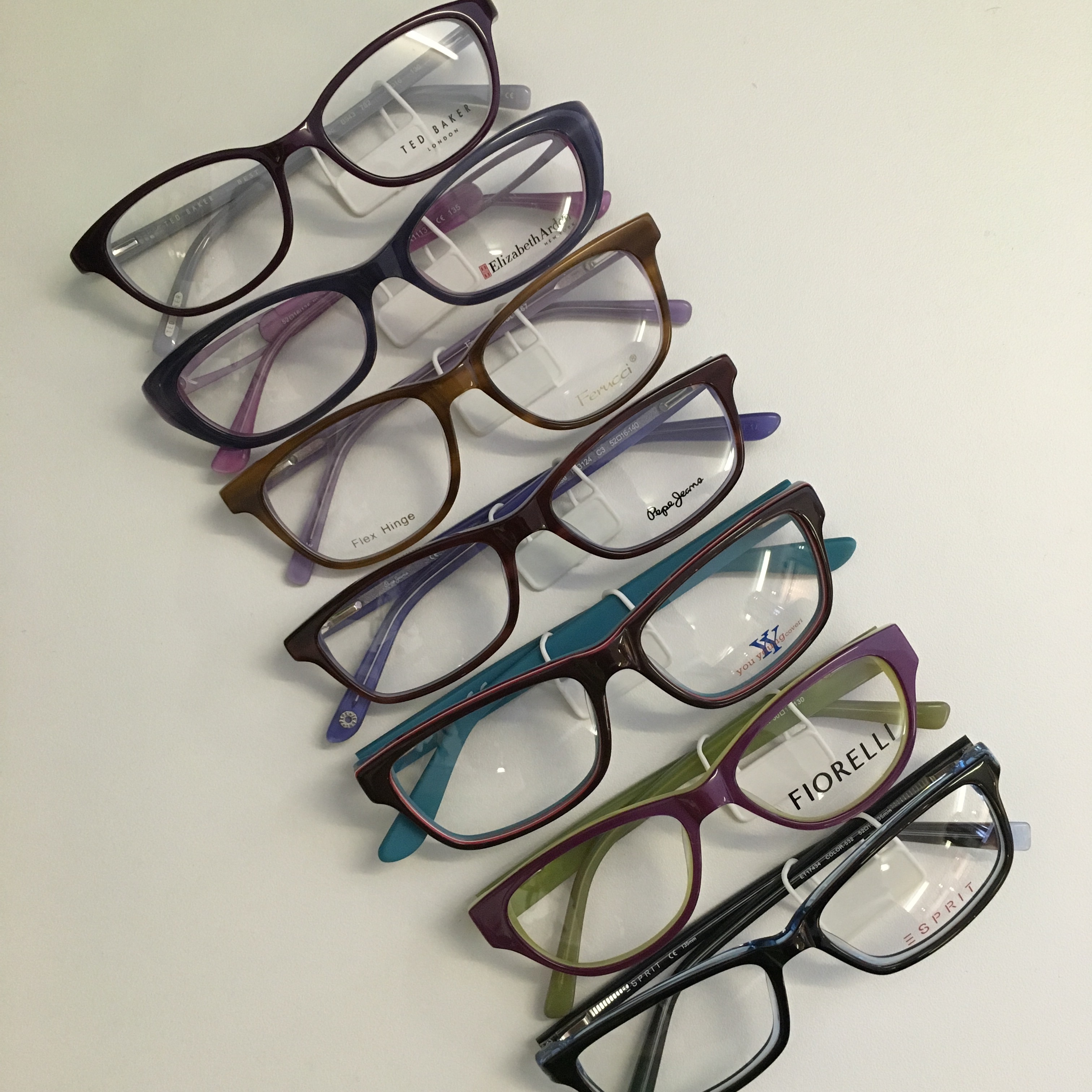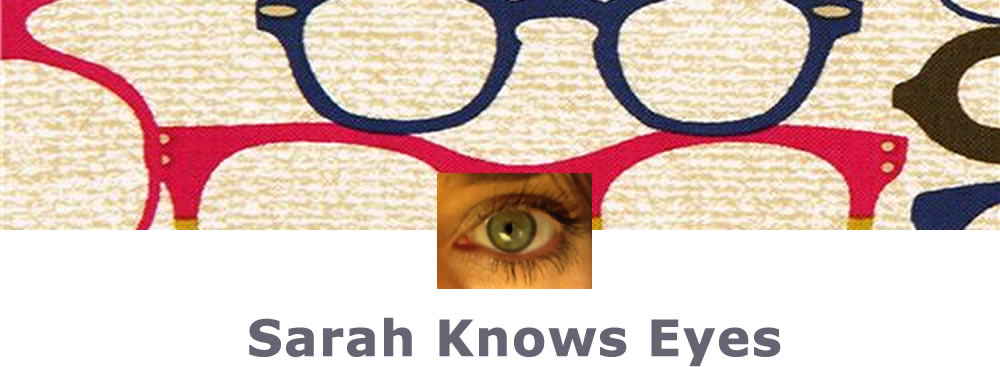Following on from the updated Face Shapes post, here are some other important factors to consider when choosing spectacle frames, again with a little help from Elaine Grisdale’s (FBDO FAAO) article in the August 2015 edition of Dispensing Optics magazine.
The 3 "golden rules" of choosing a spectacle frame…
- Size does matter (sorry guys!) and is arguably more important than colour or style when “dressing the face”.
- A frame can never look good if it doesn’t fit, no matter how expensive or who the designer is.
- Comfort cannot be ignored – uncomfortable frames can leave their mark (literally!).
Funnily enough though, it’s not just about the face! How the face looks will also depend on hair style and colour, which can be very deceptive and can sometimes even appear to actually change the shape of the face. This isn’t such a big problem for men, but can be an issue for us ladies.
Always consider…
- If you have long hair, do you always wear it down, or do you sometimes wear it up? Check that the ‘look’ you have chosen still works with the hairstyle change.
- The same applies to hair colour; are you currently blonde but thinking about changing to brunette? Generally, bolder colours suit darker hair; warmer colours (gold, browns, peaches, pinks) suit blonde hair; and colder colours (silver, blues, lilacs, greens) suit silver hair. Whilst from my own experience, most redheds look amazing in green frames (and are sometimes the only ones that do)!
- Also bear in mind, what colours do you prefer to wear?
This here is a very handy little tool: -
.jpeg)
Complementary colours are opposite one another on the colour wheel, however using opposites can create drama, which can be particularly useful if you have more than one pair of spectacles (much to your Dispensing Optician’s delight! JK).
It can also be useful to consider eye colour when choosing frames. You can bring out the colour of your eyes by using similar colours in the frame detail – there are currently some great lamninated acetate frames available where colours are effectively used in this way...

However, using an opposite colour to the eyes in the frame generally serves to emphasise eye colour.
As previously explained these are merely some rough guidelines that have helped me choose frames for patients over the years, and there always exceptions to the rule! Try everything, but more than anything else, have fun with the process!

